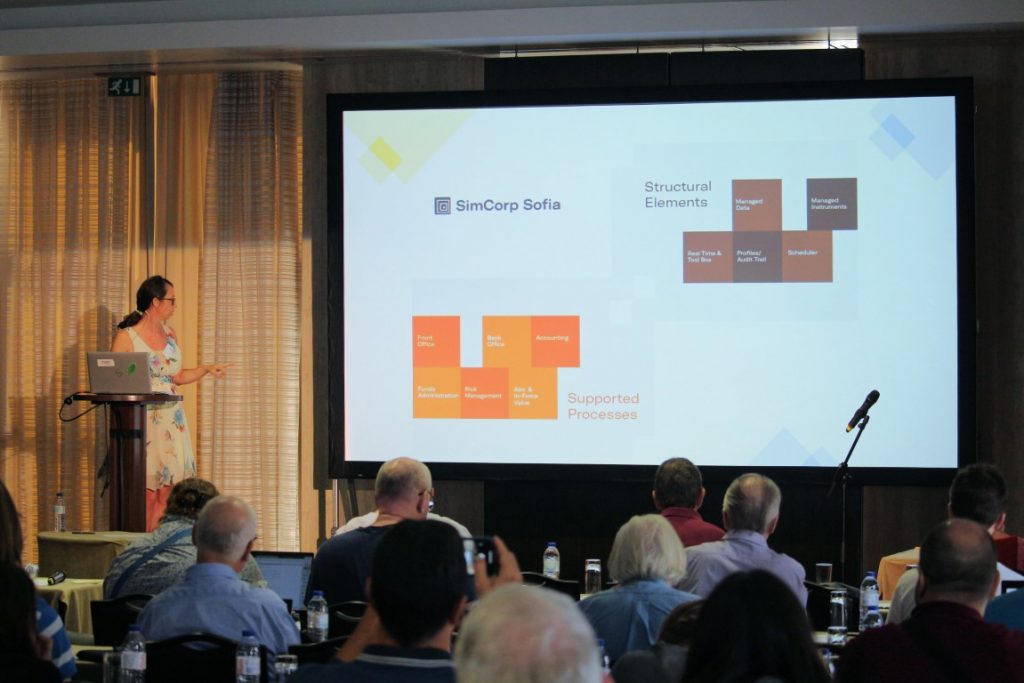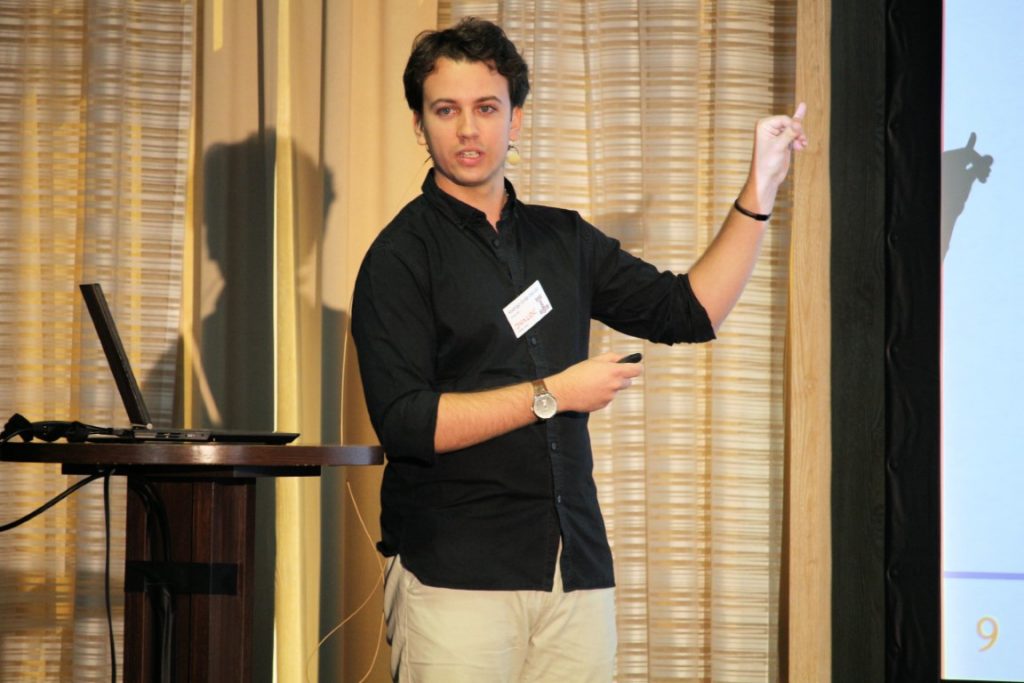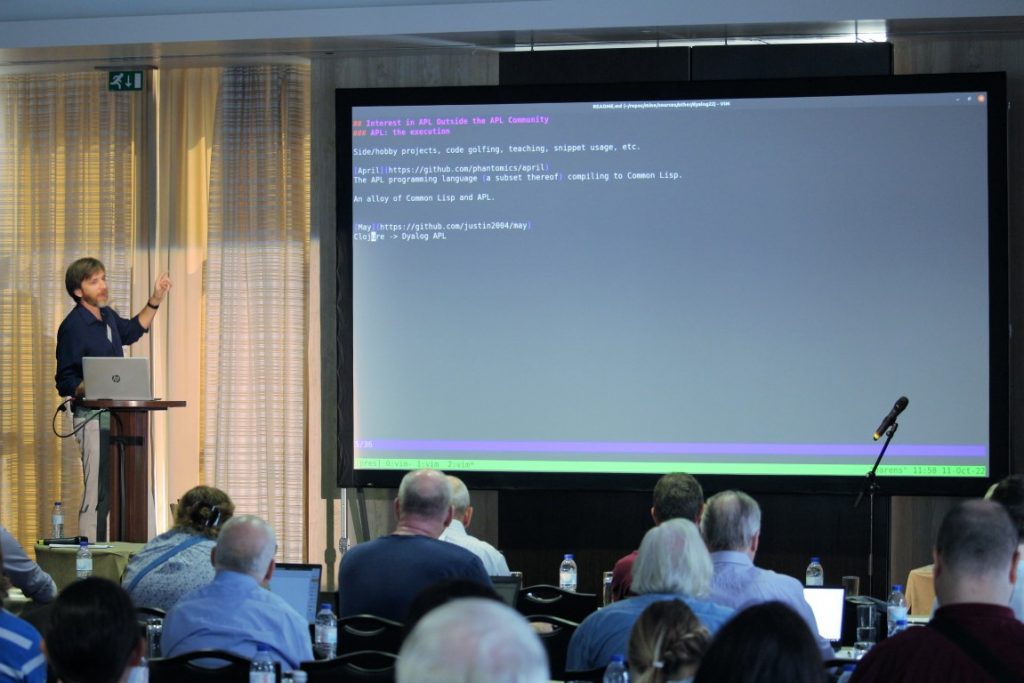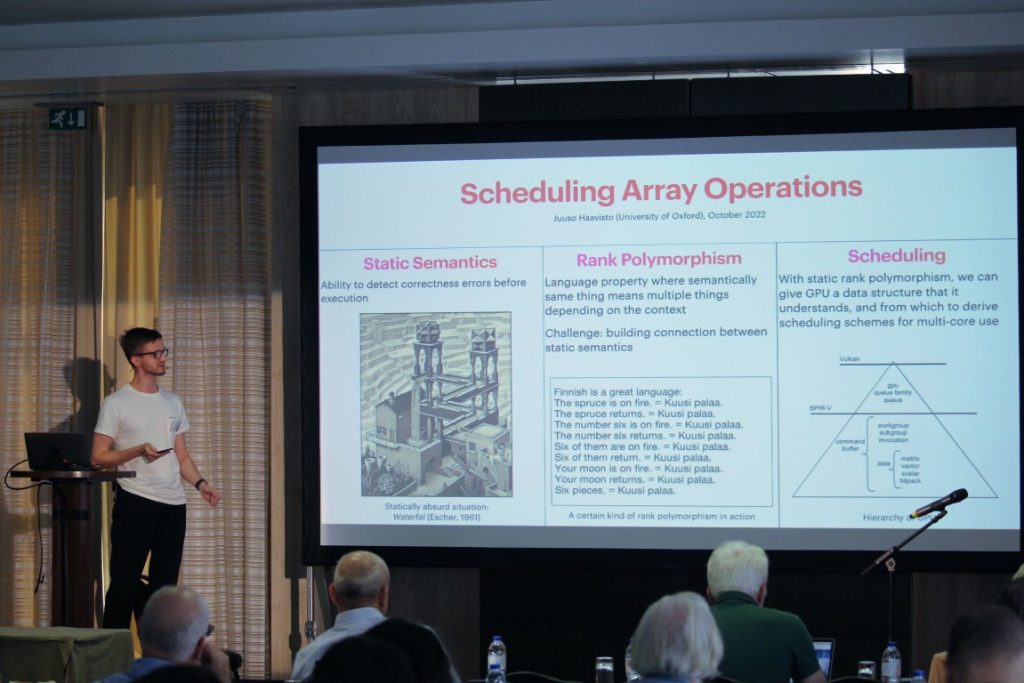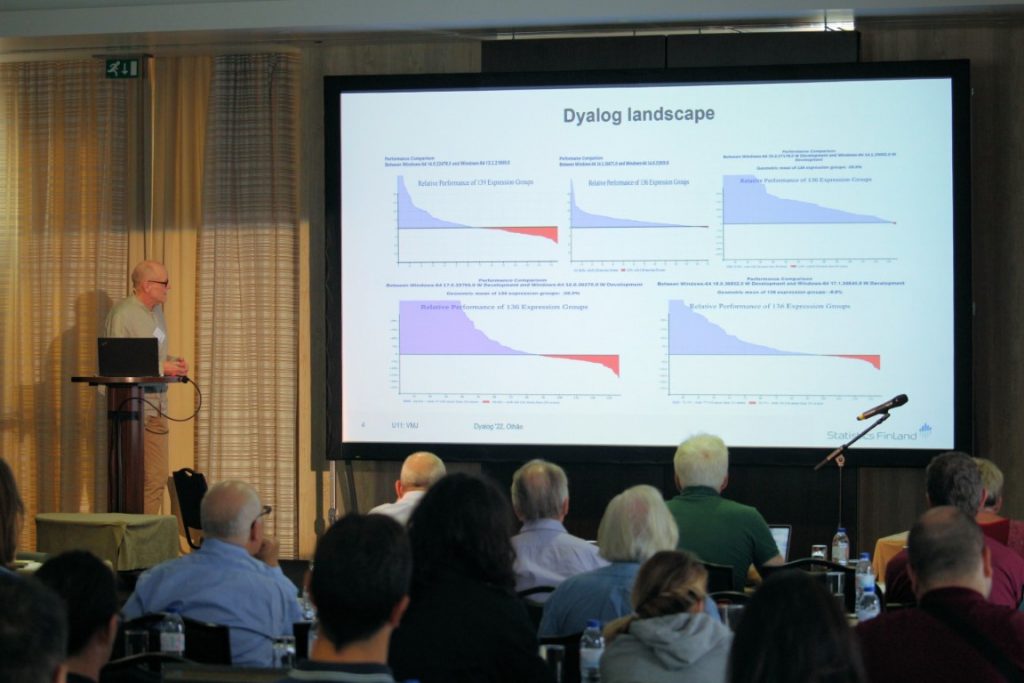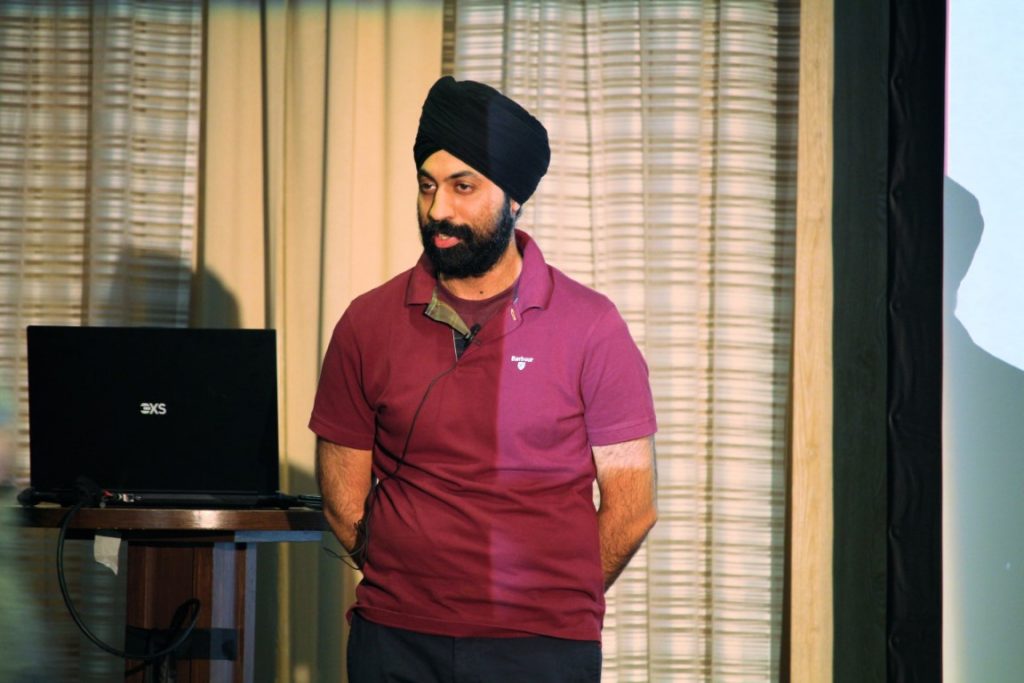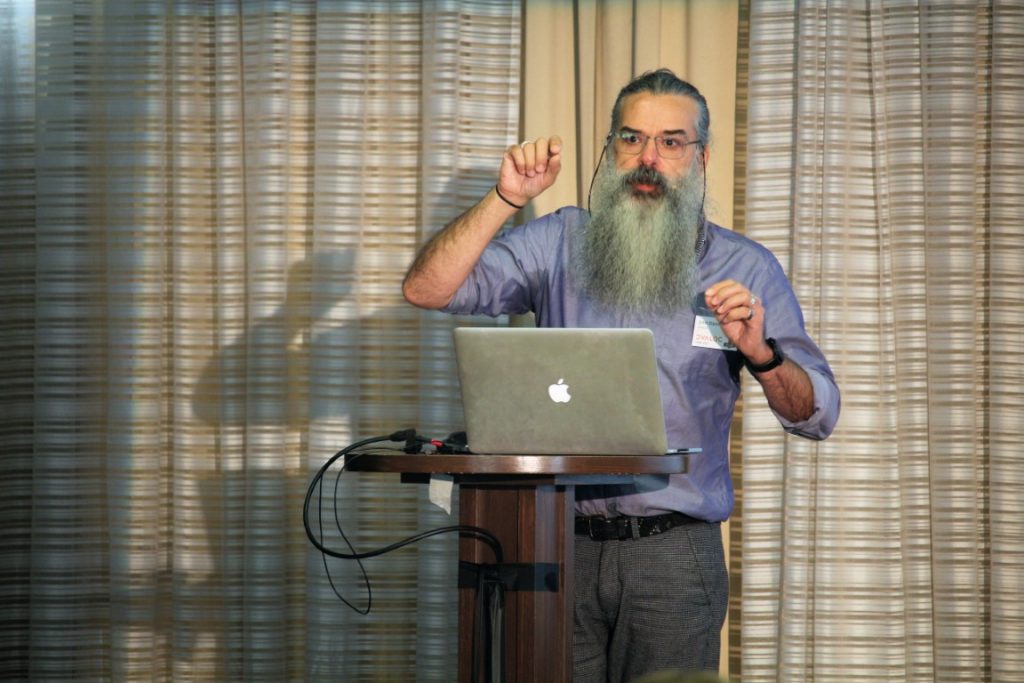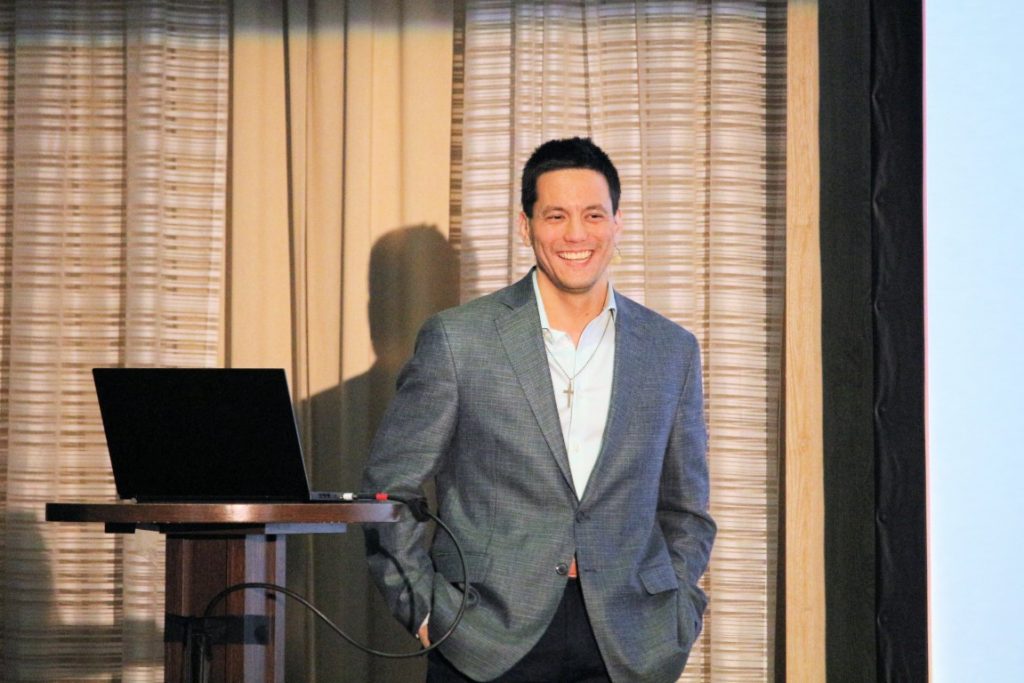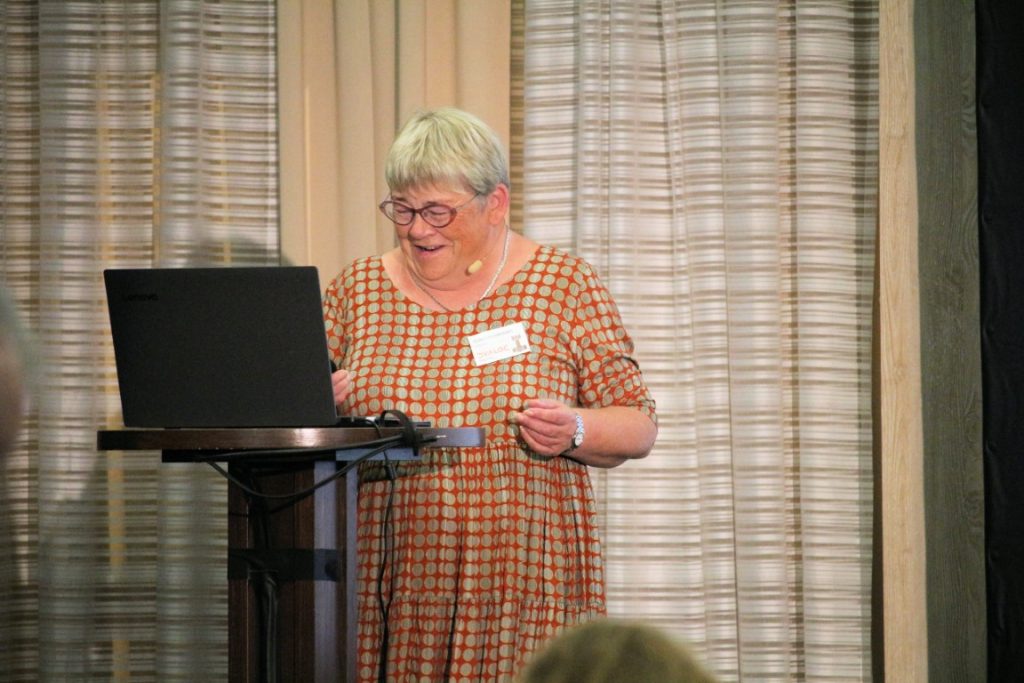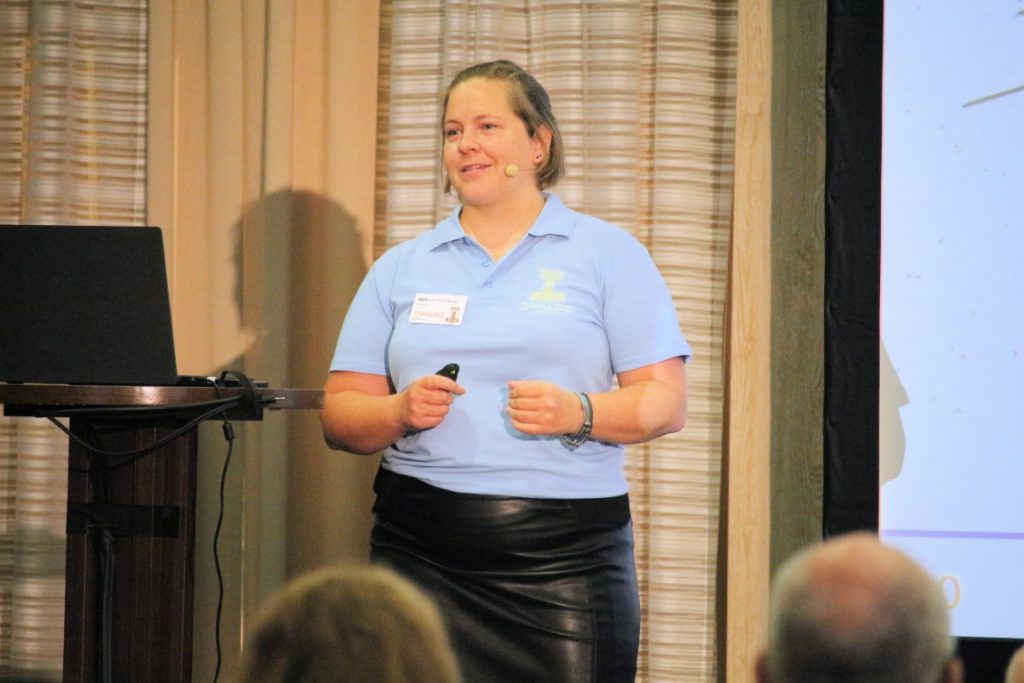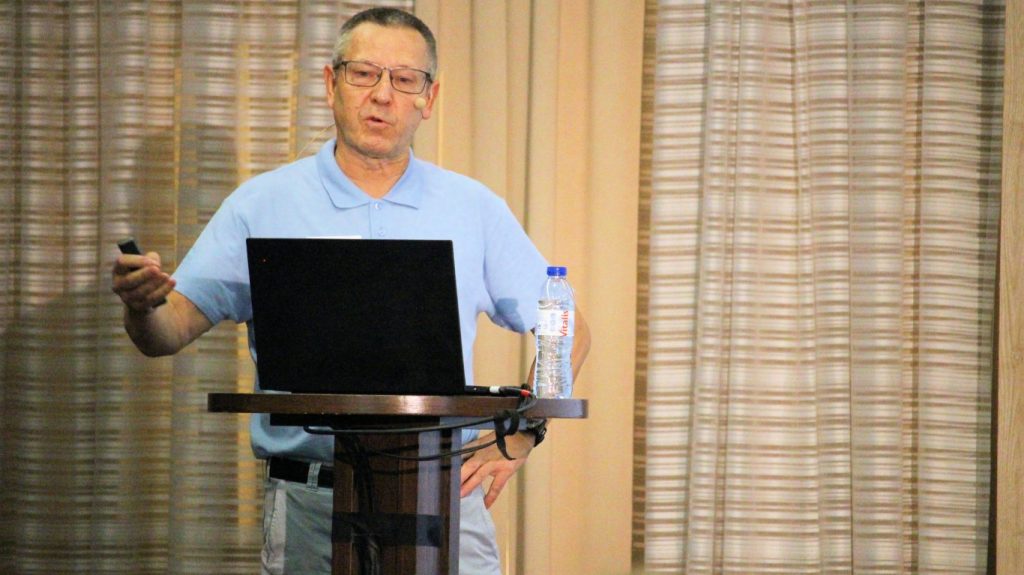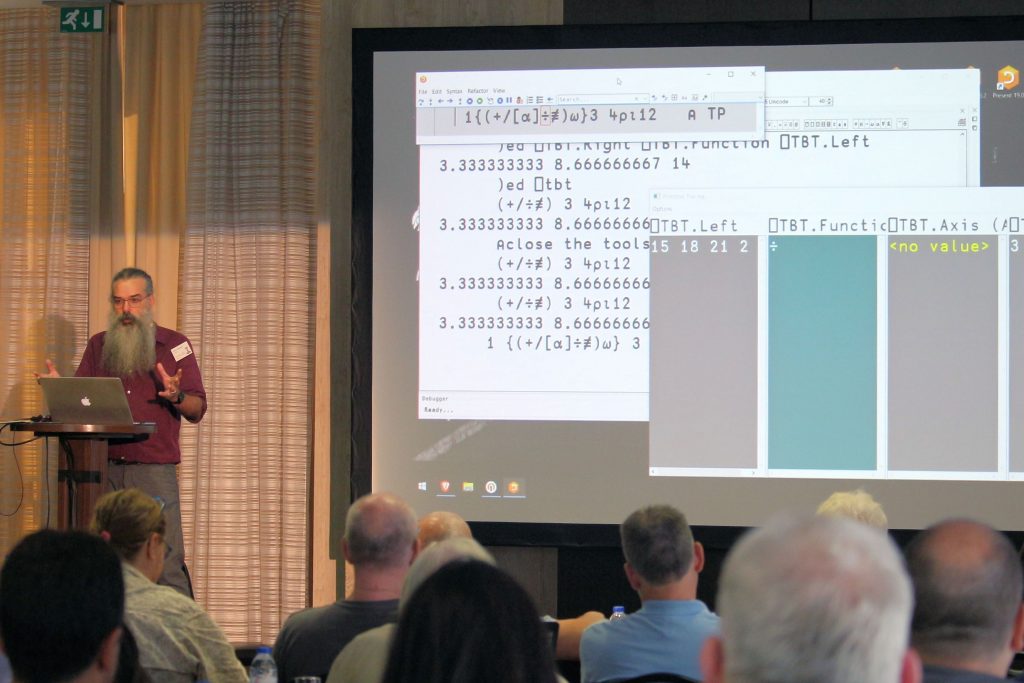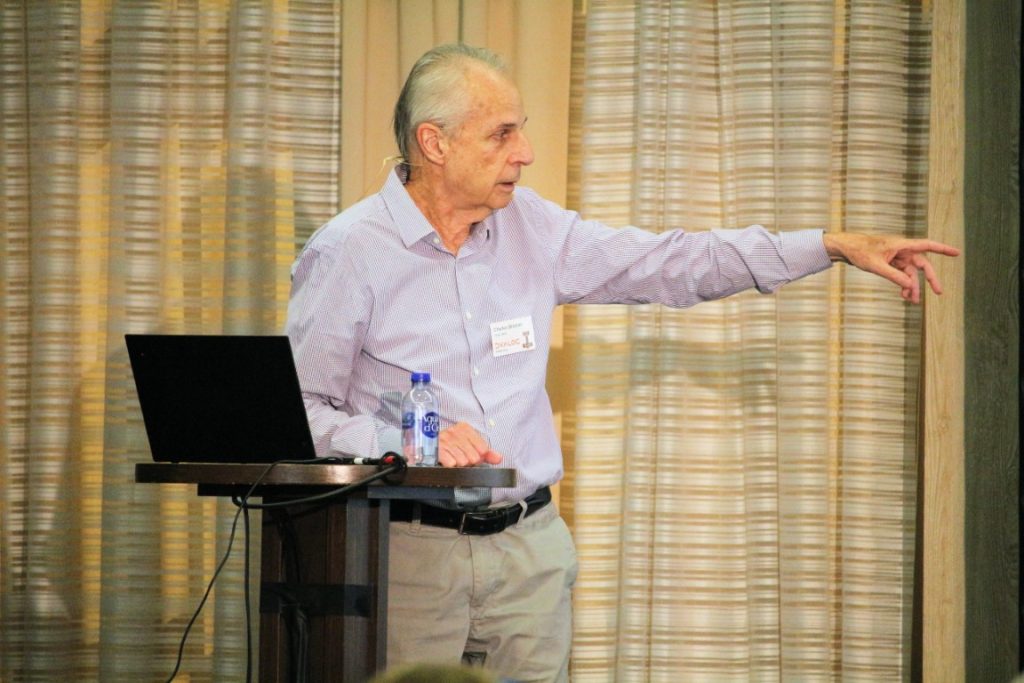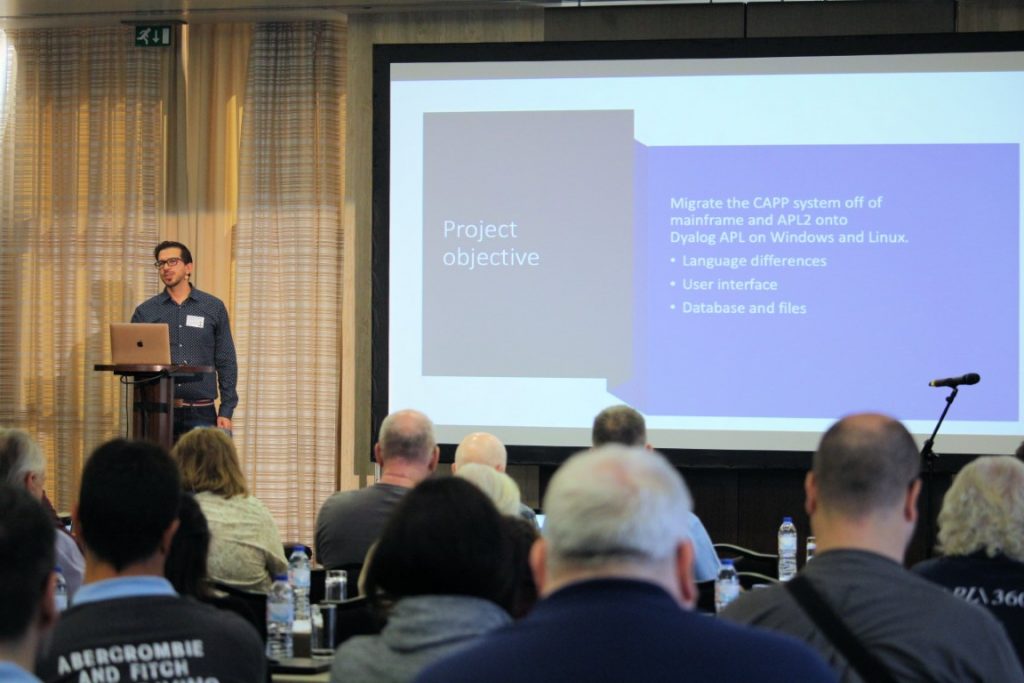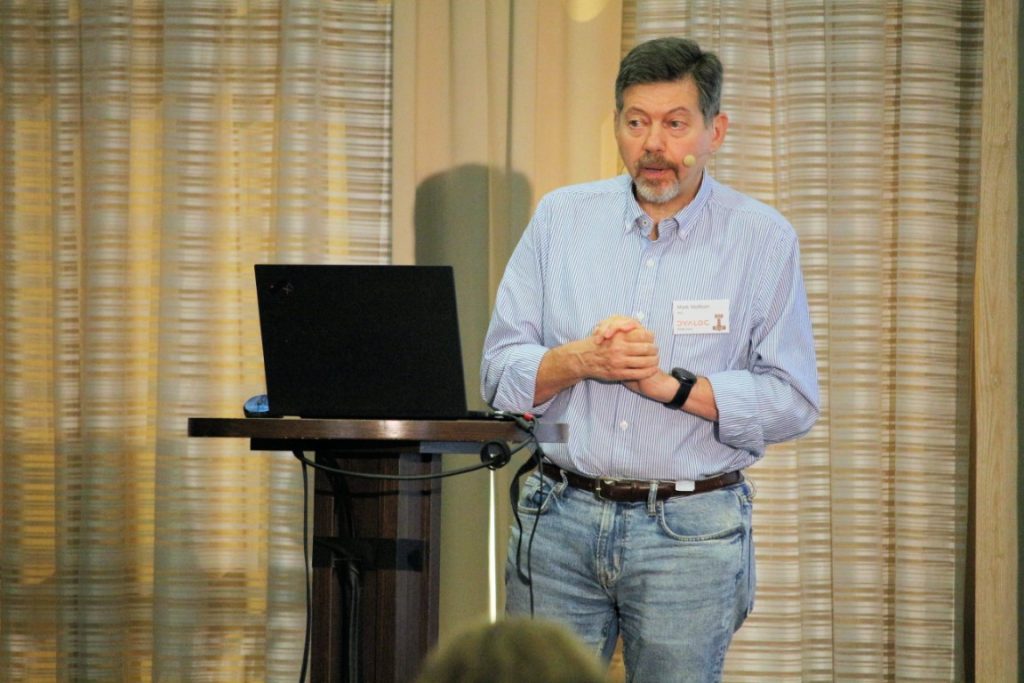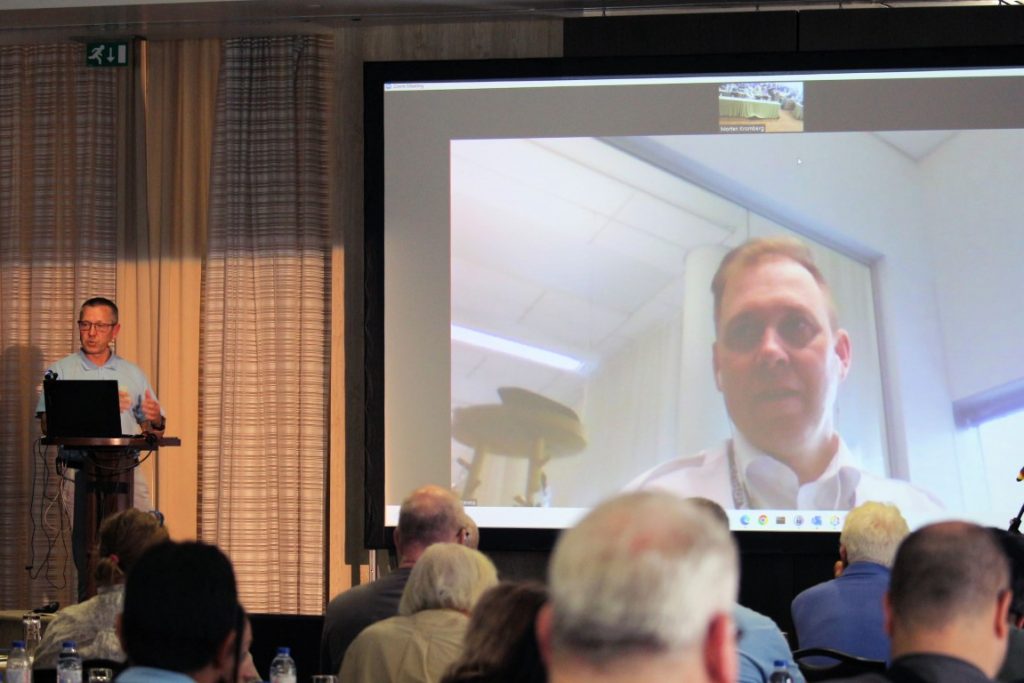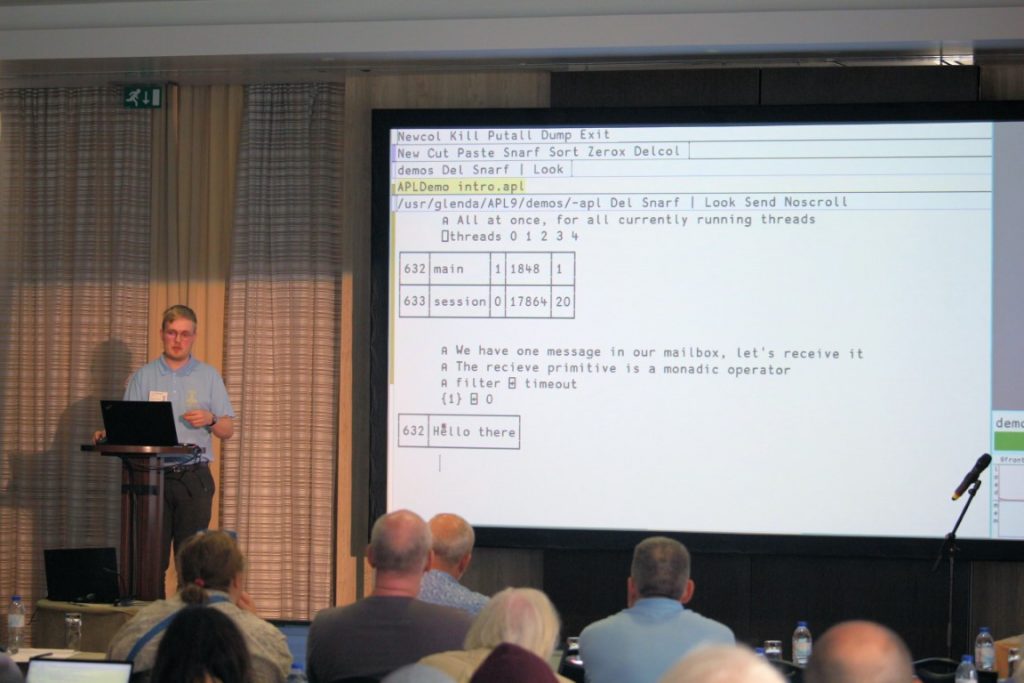We have returned to the (very windy this time!) shores of Elsinore in Denmark for our annual user meeting, Dyalog ’23!
Today saw the usual range workshops in which everybody could get involved learning the intricacies of a range of topics with the support of experts from Team Dyalog and friends.
In the morning, users in part 1 of the Projects and Packages workshop started consuming APL packages using the Tatin package manager. While many existing users have gone decades without these very convenient additions, we see packages as an important part of APL’s future.
In the Tacit Techniques workshop, participants learned the basics of function composition operators and function train syntax. They practised spotting patterns to make explicit code more succinct, and even those who only started using APL earlier this year had great success converting explicit functions into those that do not mention their arguments.
Meanwhile, users who wanted a challenge tackled an advanced workshop focussing on common pitfalls when writing code that performs well.
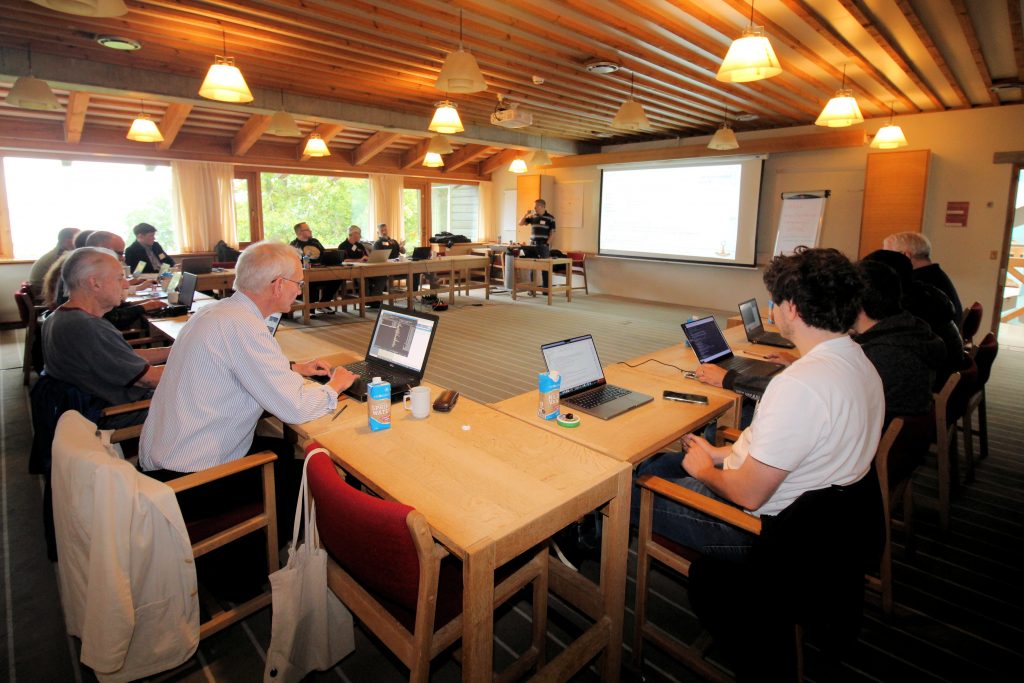
Projects and Packages workshop with Morten Kromberg, Kai Jaeger, and Gilgamesh Athoraya
In the afternoon, we hit the rate limit on the GitHub API during the session on web services, as presumably everyone on the venue’s Wi-Fi network had the same I.P. address! Fortunately, after each user successfully configured a web service on their own machine, everyone could experiment as much as they wanted to.
In part 2 of the Projects and Packages workshop, participants managed to publish their own APL packages to the Tatin test registry for others to use. Now that they’ve had a taste, we hope to see more become available on the main Tatin registry in the future!
The development masterclass took participants through some basic and some lesser-known features of Dyalog’s Integrated Development Environments. Some newer APLers said that they learned a lot, and even more experienced users said they had benefitted and would take the materials back to their organisations to share with others.
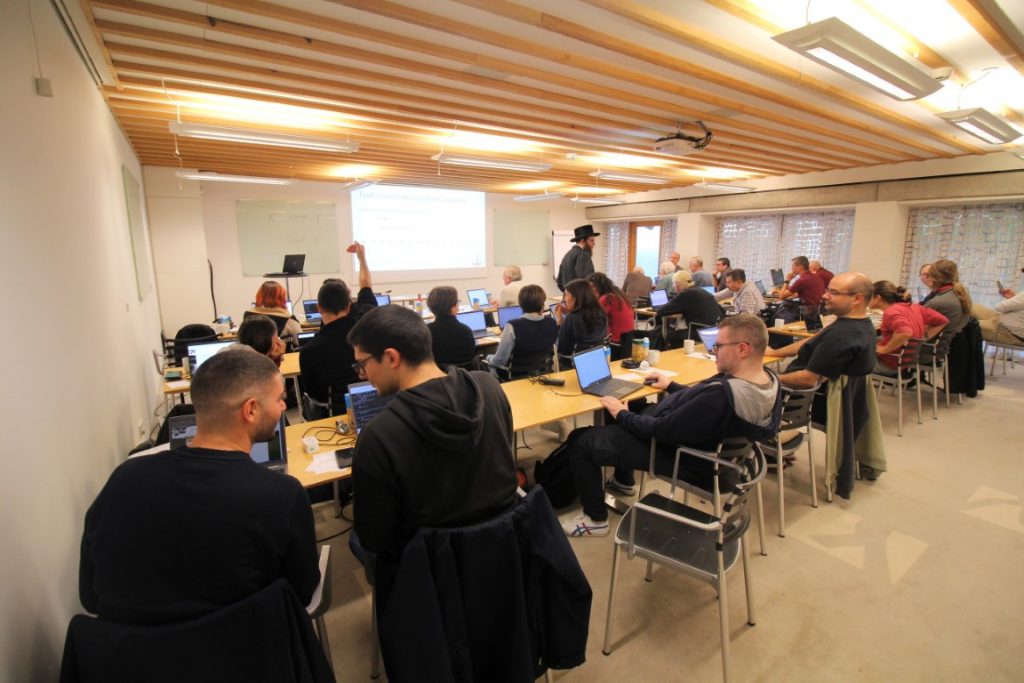
Adám Brudzewsky and Stefan Kruger host a masterclass on the features of the IDEs
Conversation over dinner included catching up with long-time friends and making new ones, stories of onboarding new APLers (some of them in attendance), and hearing about personal and professional achievements of the last few years. There’s excitement in the air this evening, and we can’t wait to start a fantastic few days of presentations tomorrow!


 Follow
Follow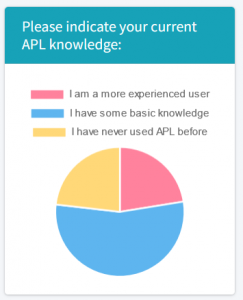 Last Wednesday we hosted
Last Wednesday we hosted 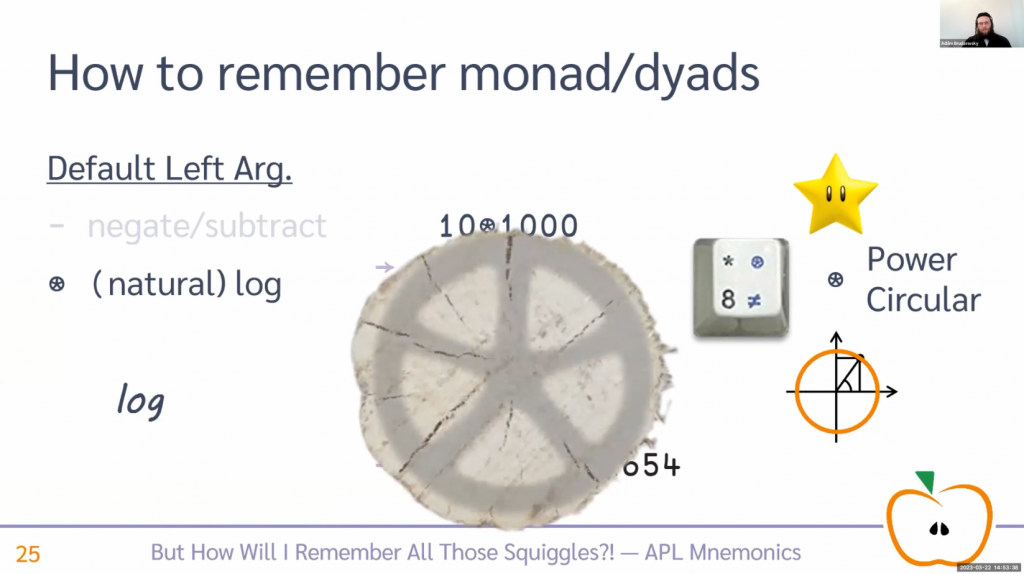
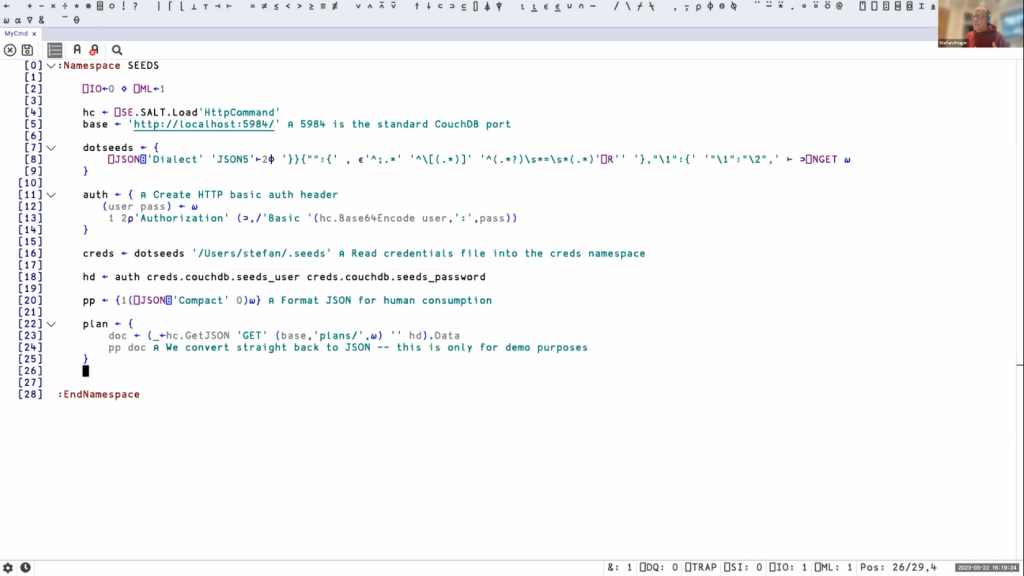
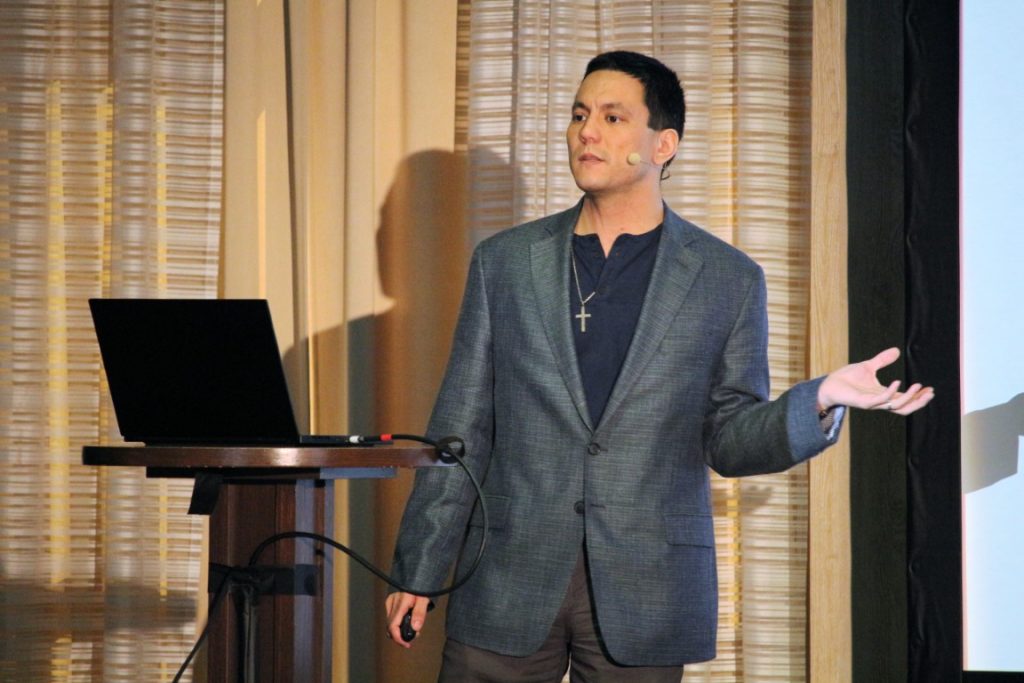
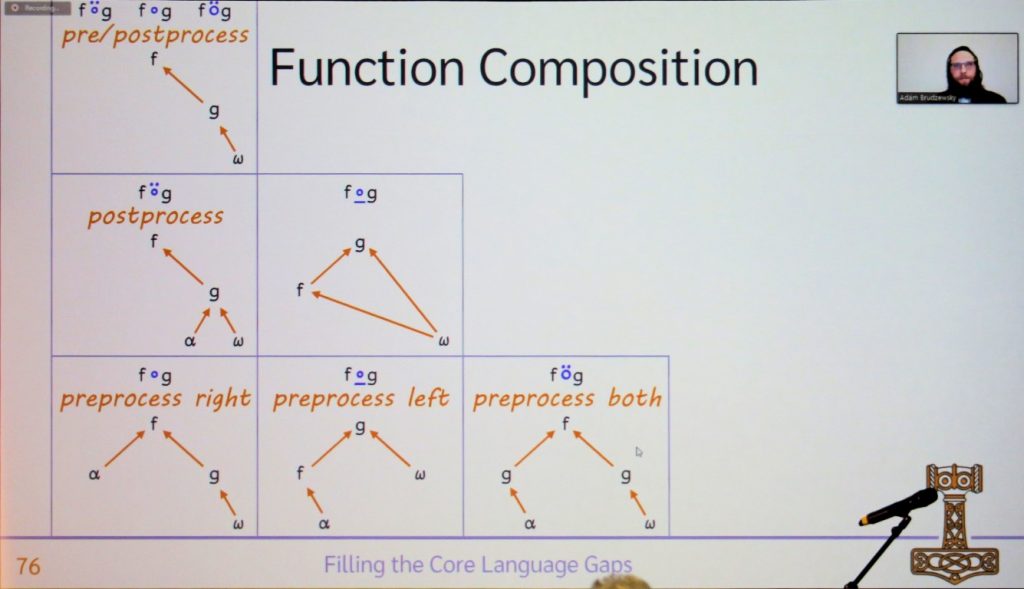
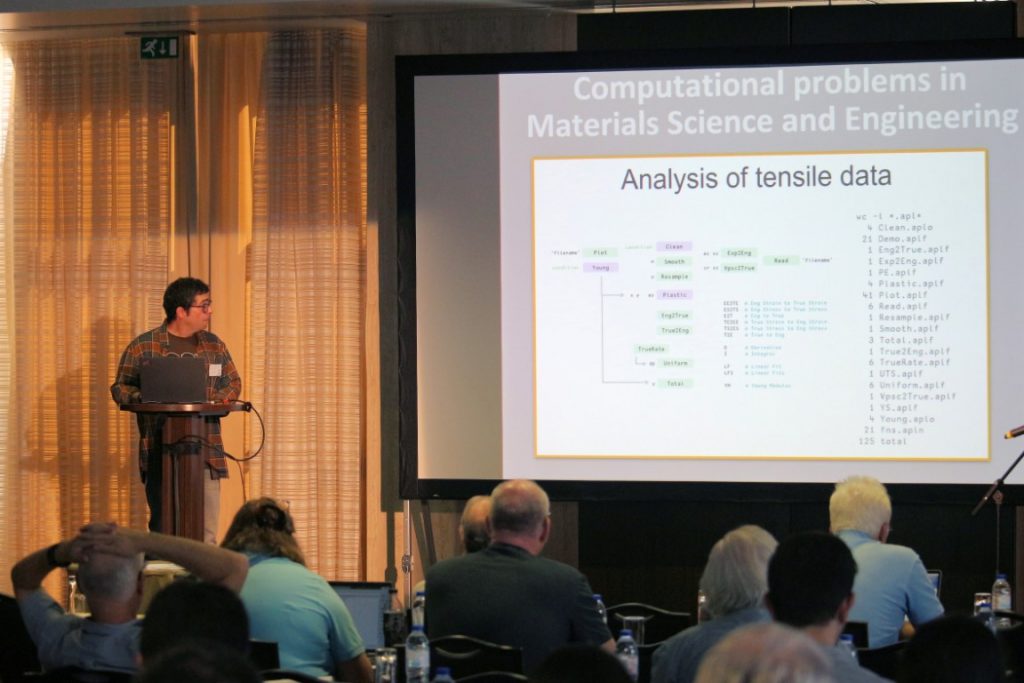
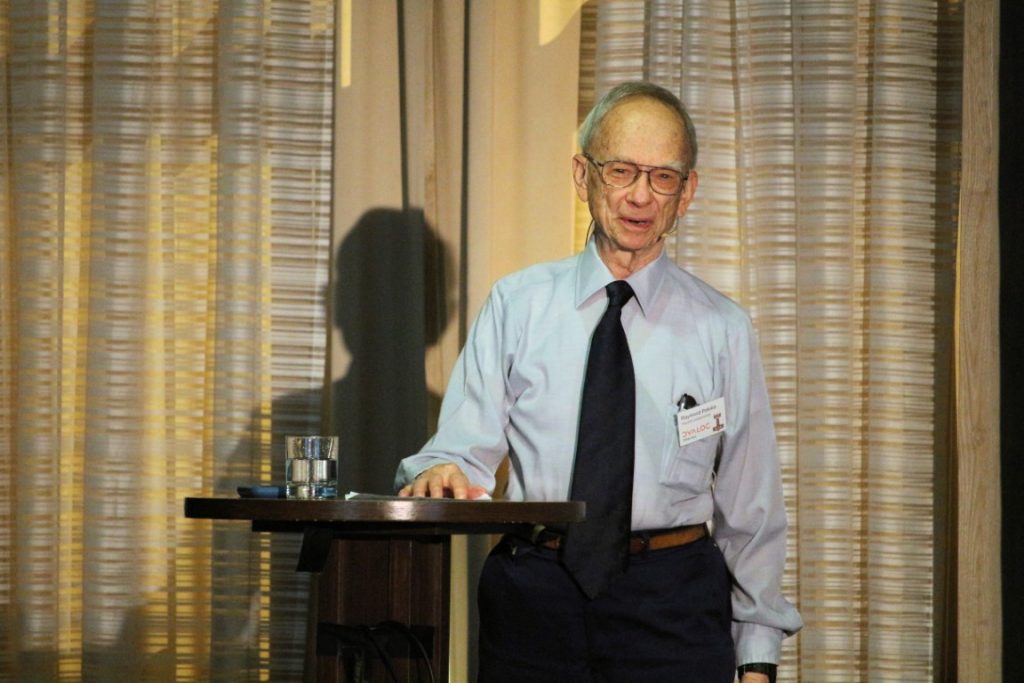
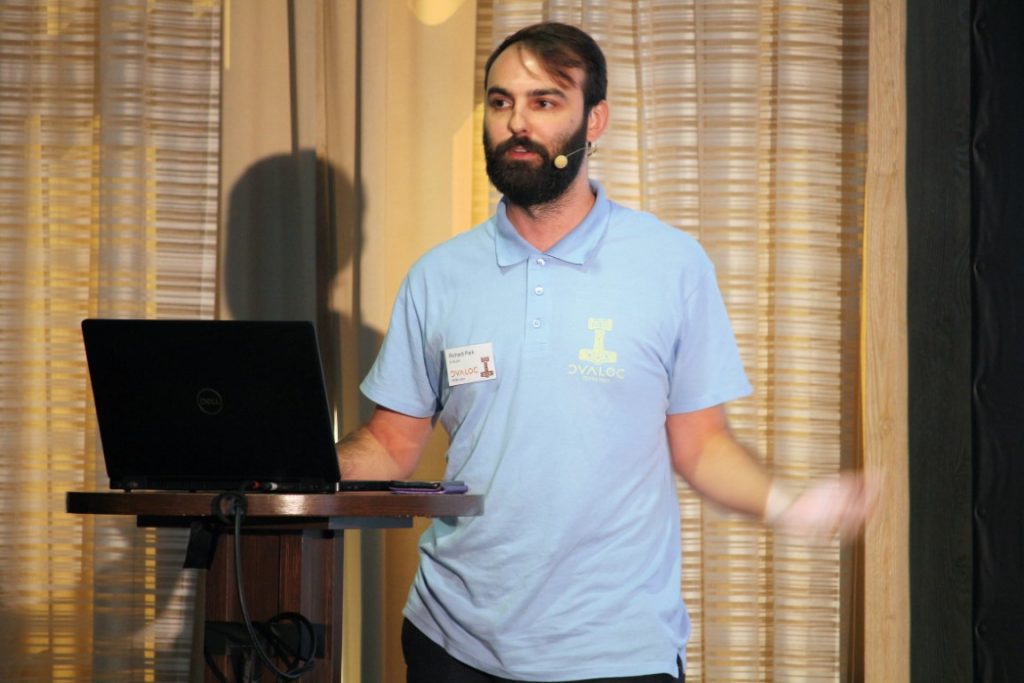
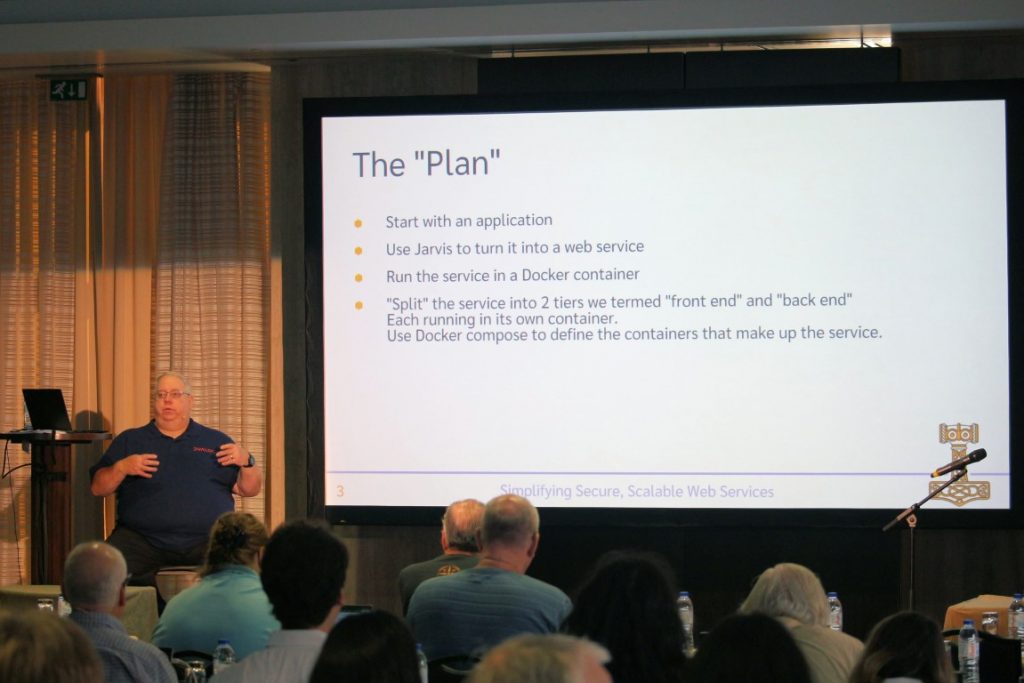
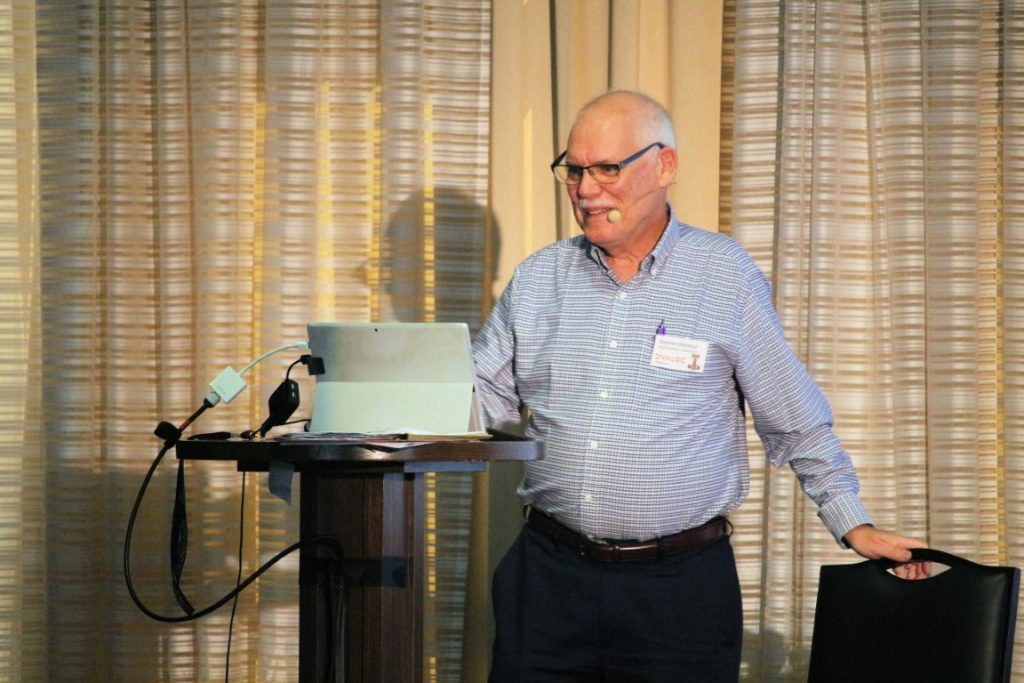
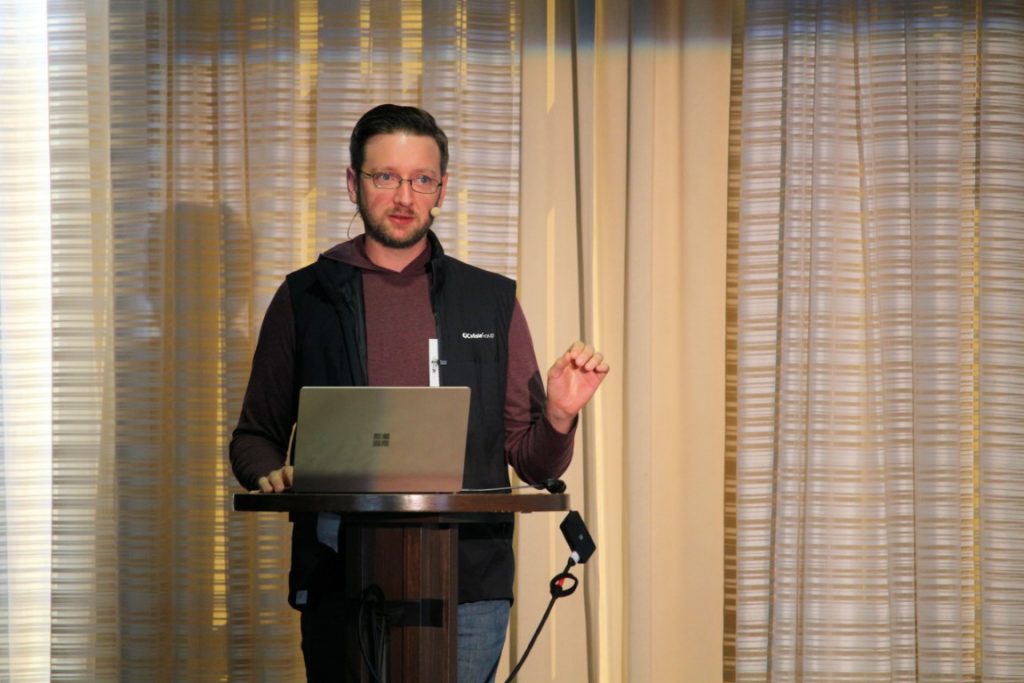
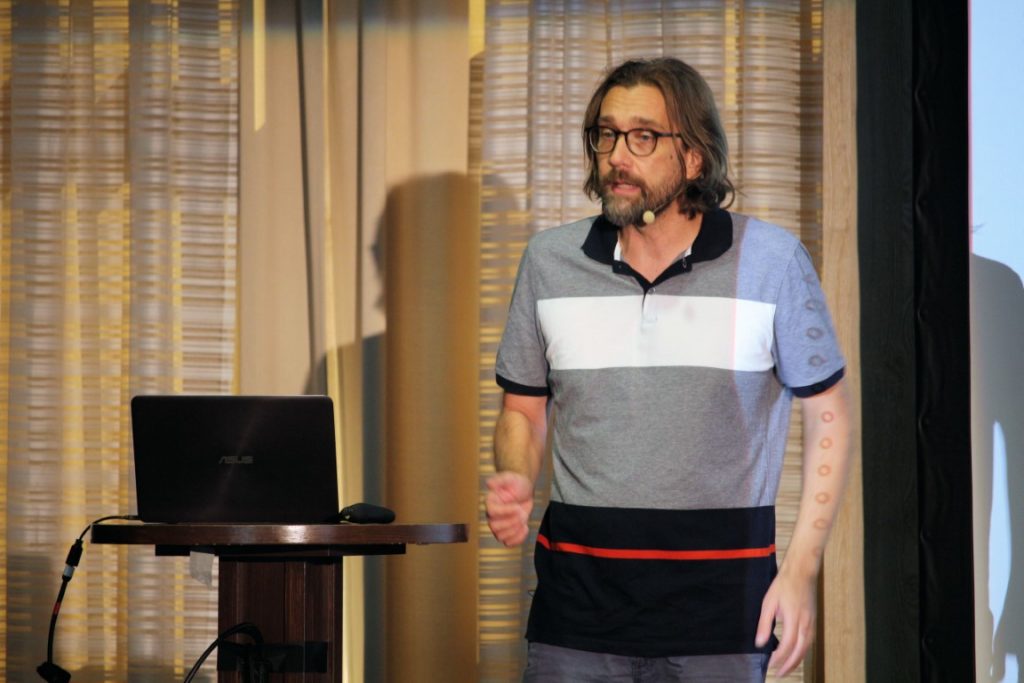
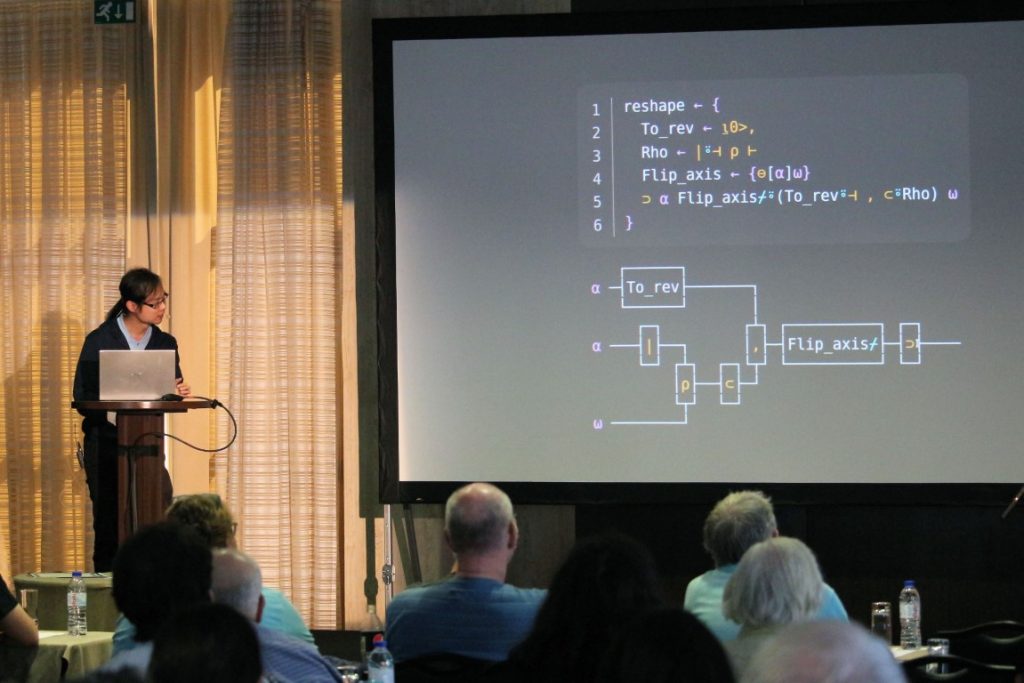
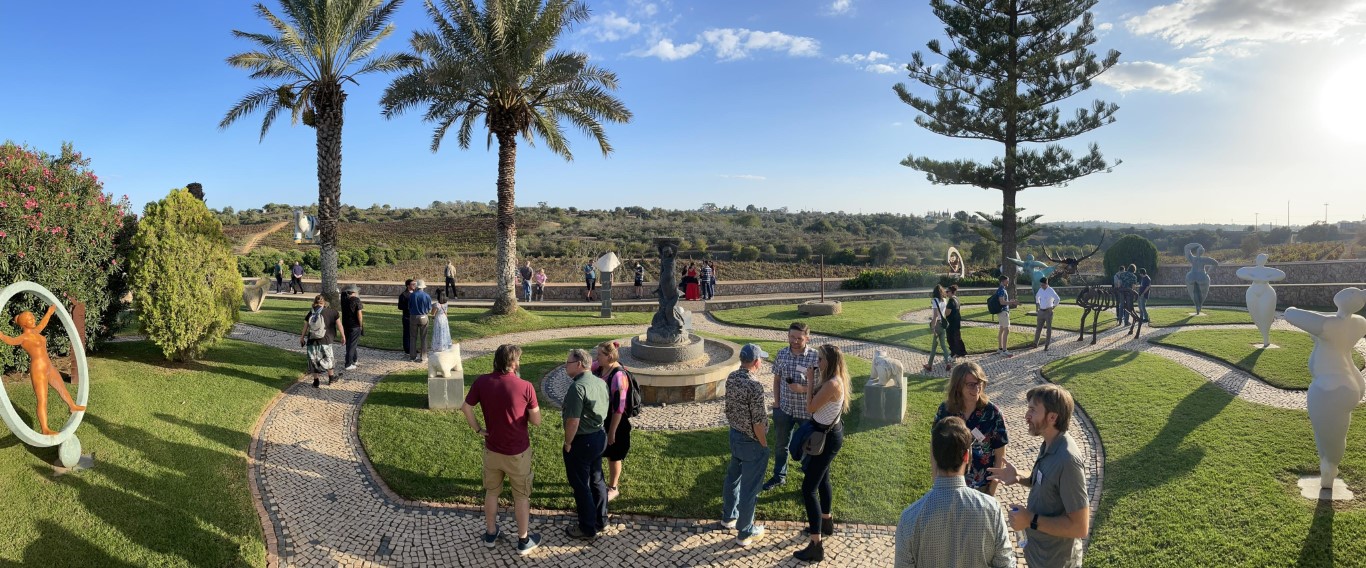
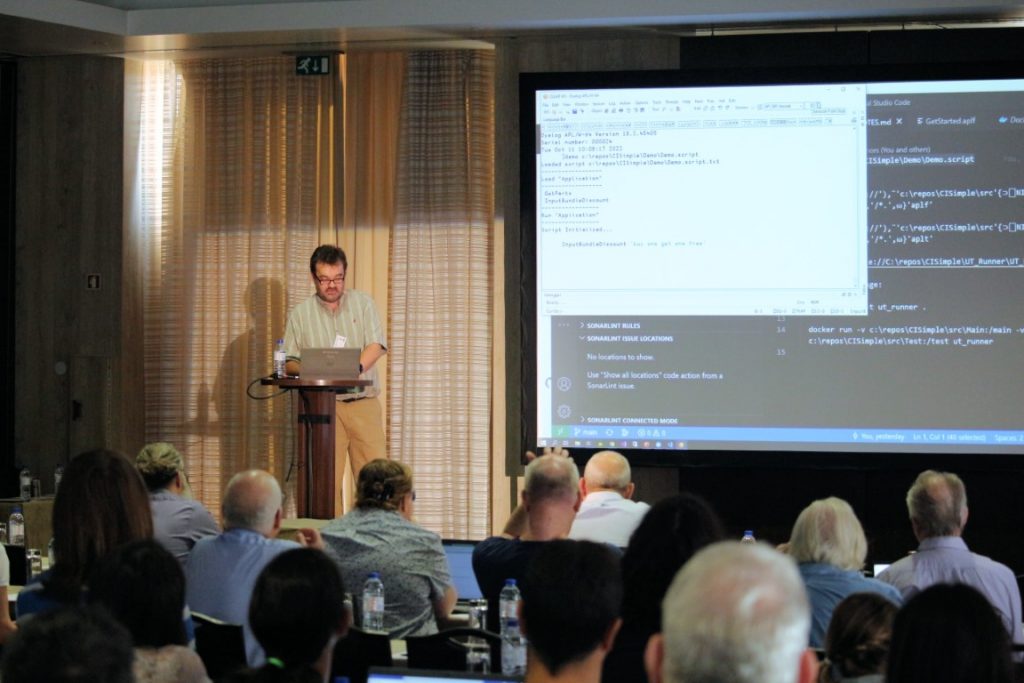
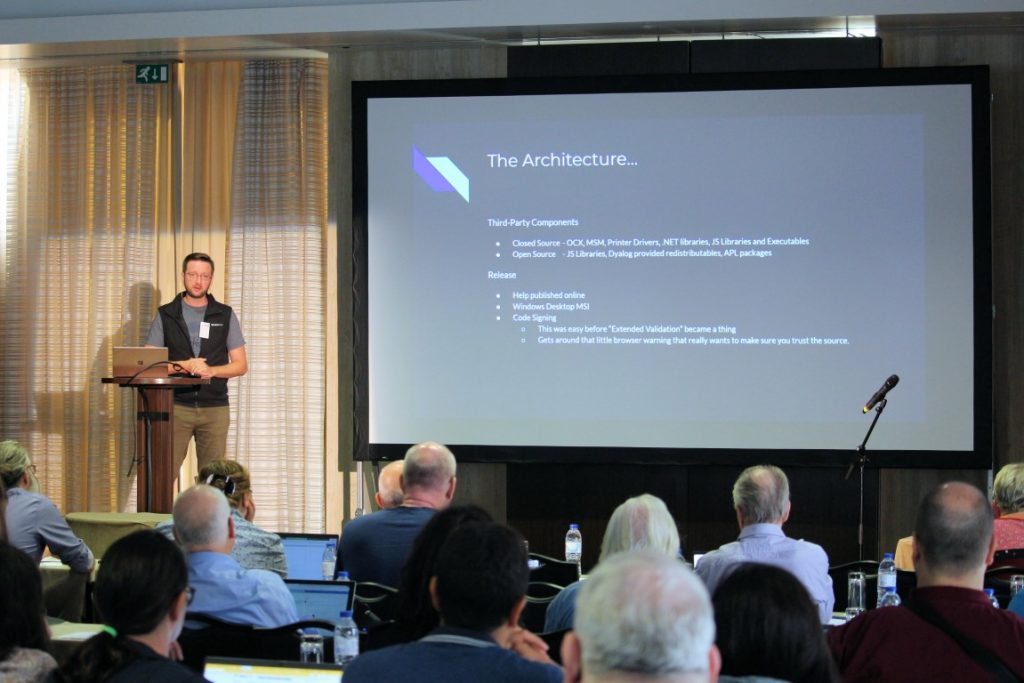
![Michael Baas shows us the ]DTest framework](https://www.dyalog.com/blog/wp-content/uploads/2022/10/IMG_2878-Medium-1024x683.jpg)
